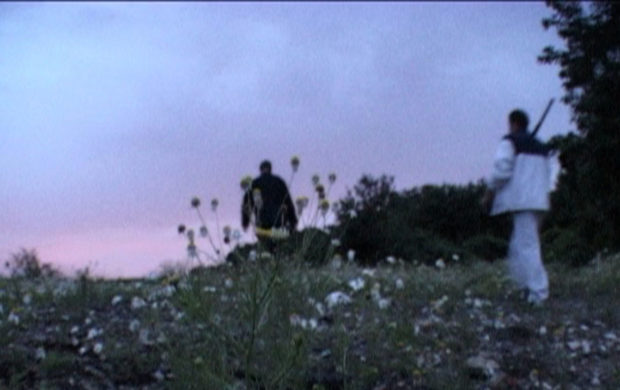
Jean-Charles Hue
Lire la suiteThe story forged by all the films made with the Dorkels – La BM du Seigneur and Mange tes morts, together with all his preceding shorts – is an adventure story in which, like the pure western classics, love, faith and violence build the legend. More than anyone else, Fred Dorkel is this real character caught “legending in flagrante delicto”(1) and through whom the image of an entire people comes to cinema. Filming the Dorkels, making films with them also means sharing their life, camping on the border between art and life. In Tijuana, it is on this same border that Jean-Charles Hue stands. He roams the city streets and, far from the trendy districts, films underworld characters whose daily life is mainly taken up by drugs, violence and prostitution. His camera sticks tightly to the state of these protagonists, between wanderings and trance, and films with kindliness, whether they are eating, quarrelling, smoking crack or flipping into a parallel world. The camera then escapes into fantasy, pearls and trinkets glisten like treasures, bodies rejuvenate, floating under veils of colour. When filming these ravaged men and women, the filmmaker tries his utmost to capture the vibrant imprint of these people’s intensely fragile life, as if to hold onto it or restore its materiality.
Hue’s cinema could be viewed as desperate, but it is driven by belief, a belief in the ability of some to abandon themselves to extreme states, plunge into an unreal and hallucinatory space-time, to the point of deserting the world of mortals, then miraculously returning… The belief in a haunting and dreamlike beauty dragged out of the mire in a state of grace that is beyond chaos.
Catherine Bizern
(1)To use the expression of Pierre Perrault and the ideas of Gilles Deleuze.

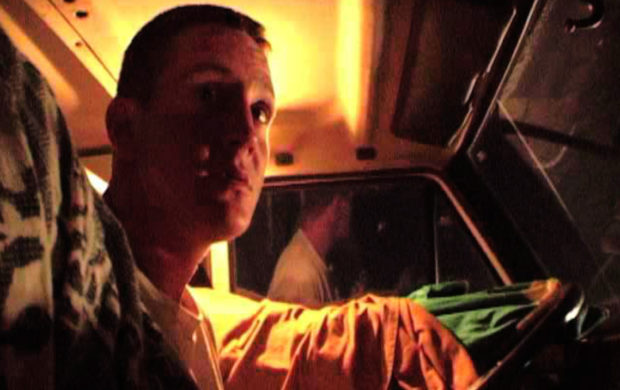
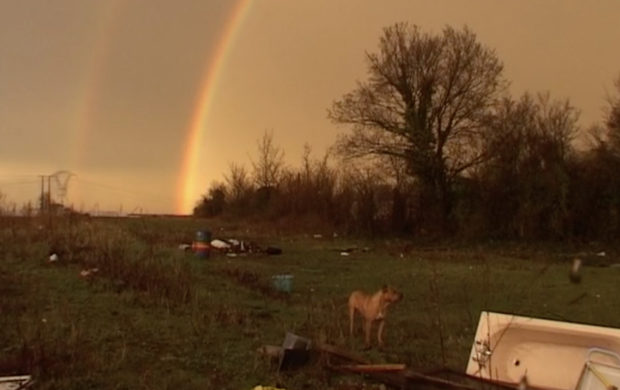
Un ange
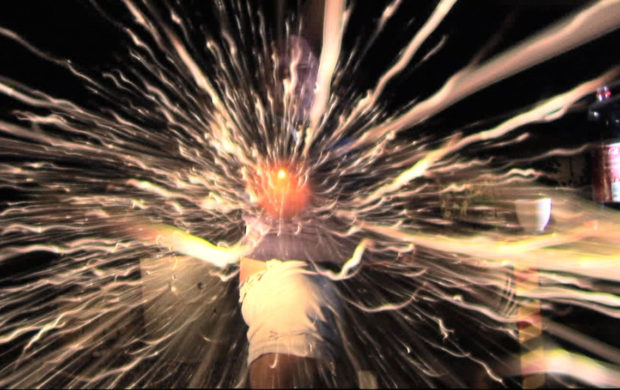
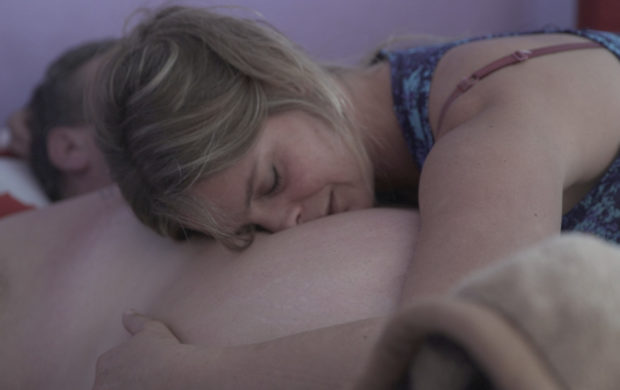
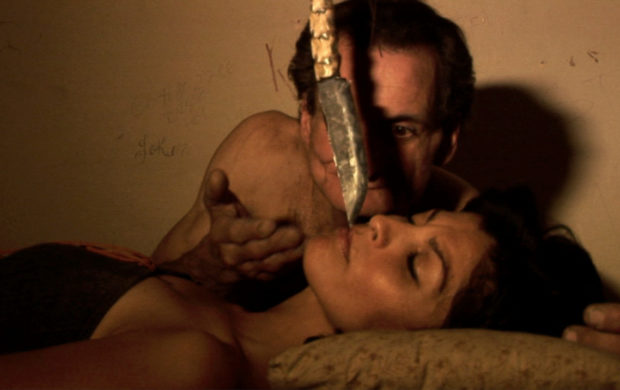
Carne viva
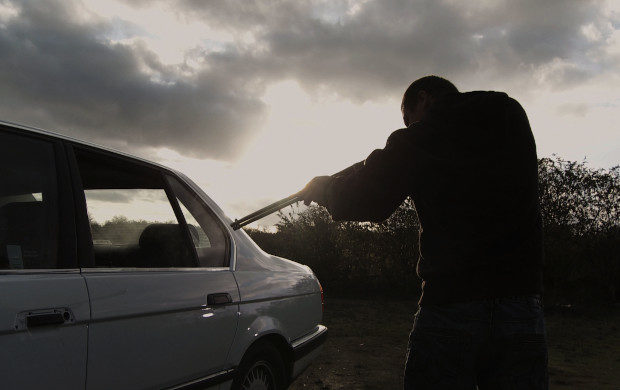
La BM du seigneur
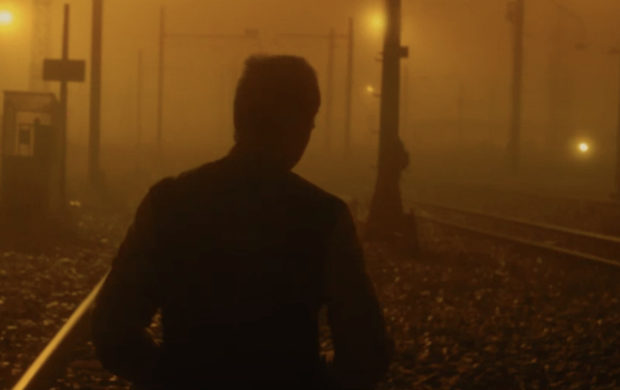
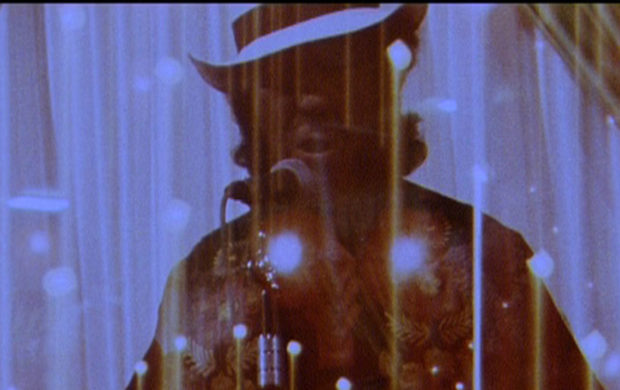
Emilio
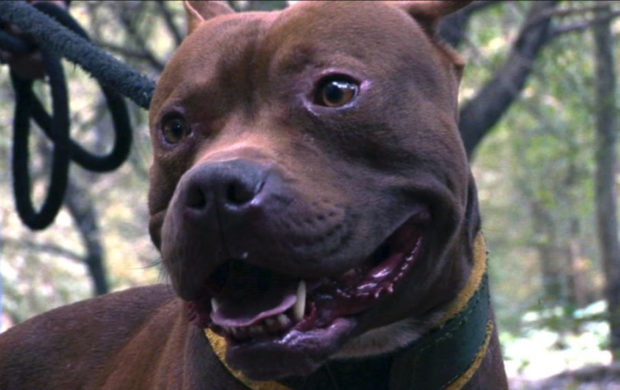
Pitbull carnaval
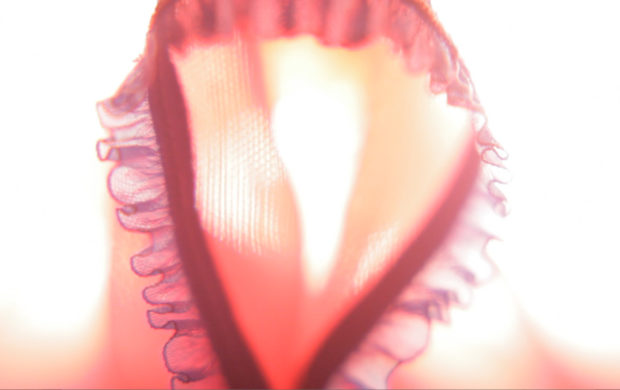
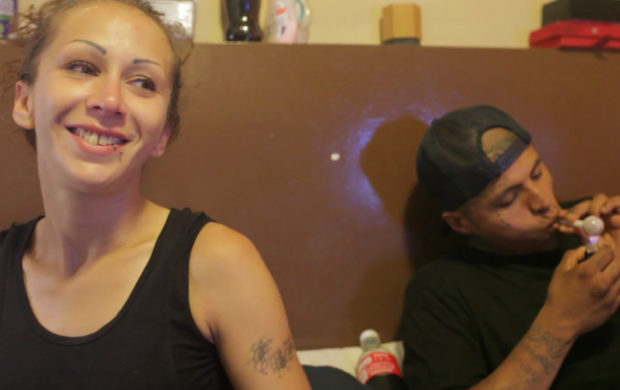
Topo y Wera
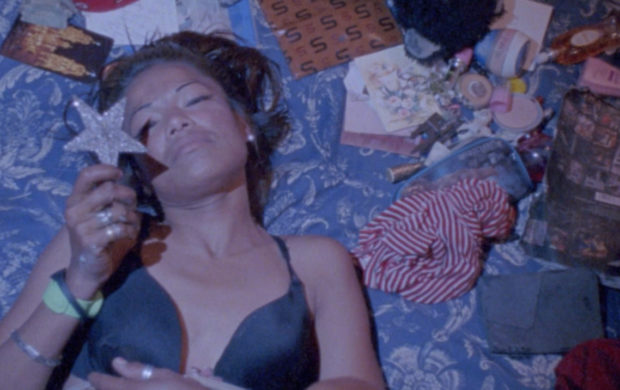
Tijuana Tales
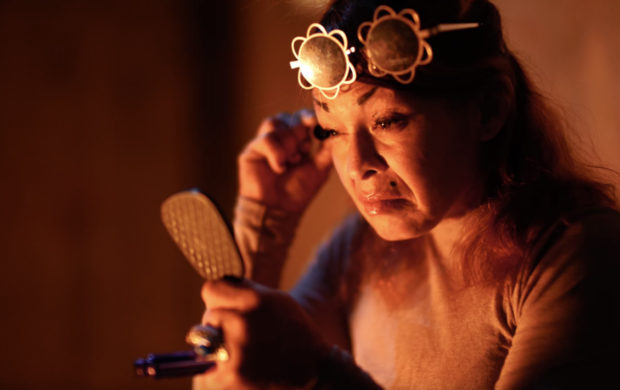
The Soiled Doves of Tijuana
